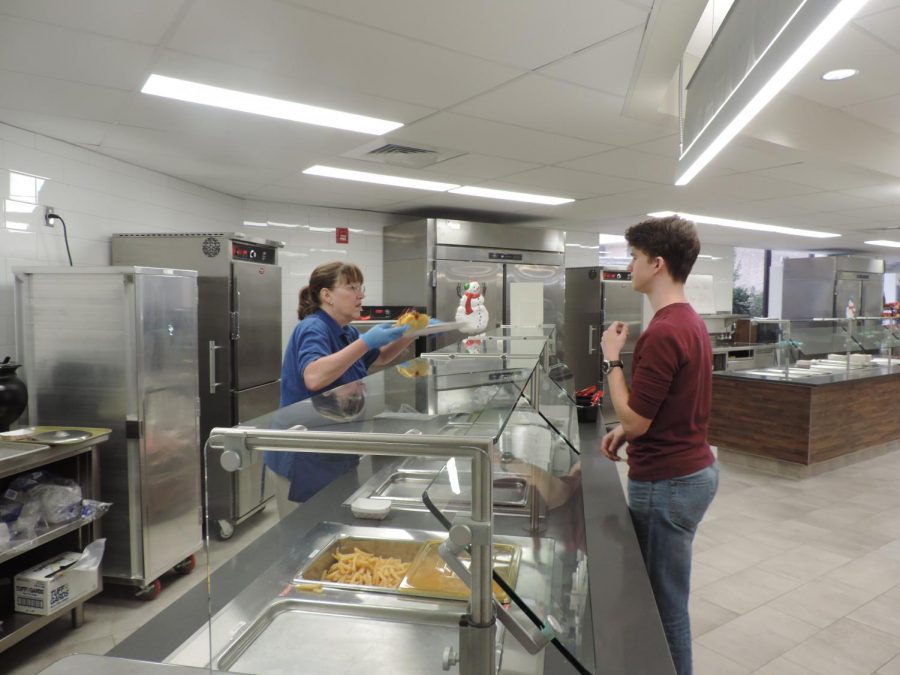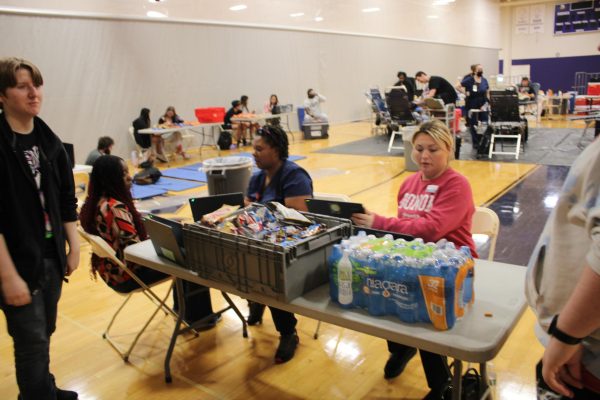Parkway, Students Strive to be Healthier Despite Obstacles
According to the Palo Alto Medical Foundation, teen obesity rates in America was at 5 percent in 1980, according to The State of Obesity, teen obesity rates jumped to 20.6 percent in 2017. Recently, schools and the U.S. Government have been implementing restrictions on school lunches in an attempt to fix America’s obesity issue. At Parkway North, students have independently begun focussing on their nutrition more than ever before.
During Barack Obama’s presidency, the First Lady, Michelle Obama, began a campaign to end teenage obesity. To do this, she created nutrition standards for school lunches.
“Frying and putting salt on food is now banned, the students must put their own salt on,” said Regional Manager of Food Services, Kelly Mulligan.
Although Michelle Obama’s campaign is successful, it’s not flawless. Certain amounts of sugar, fat, and sodium, are now restricted, however, it also restricts which vegetables schools are allowed to purchase.
“We eat unhealthy because our upbringing created a bad mindset. We are taught that no matter how good the salad is, and how bad the pizza is, pizza will always taste better,” said freshman, Alex Kendall.
According to Director of Nutrition Services, Marlene Pfeiffer, the Parkway School District determines a certain list of ingredients that every school will get, and once it’s determined, it’s difficult to change. While the food is nutritious, sometimes getting assigned food prevents people like Mulligan from making creative, tasty, and healthy meals.
“I wish there were different types of lettuce and vegetables that we were allowed to purchase,” said Mulligan.
Luckily, more teenagers are choosing to eat healthily. According to a Nielsen Global Health and Wellness Survey, “younger consumers are far more concerned about everything from food ingredients, genetically modified food to organic foods than previous generations.”
Mulligan said, “Food was a whole different ball game when I was a kid, you didn’t have much of an option to eat healthy even if you wanted to back then.”
Kendall believes if students learn and feel the benefits of eating healthy and school begins to sell healthy, high-quality lunches, then, kids will eat healthy at home too, and that could help solve America’s obesity problem.
One of Pfeiffer’s responsibilities is to annually determine what products to get for all the Parkway high schools.
“I see a change in the amount of fruit and vegetables consumed at school during the meal times. We [Parkway] spend over $250,000 on fresh produce alone each year,” said Pfeiffer.
Despite the government and Parkway doing their best to encourage good nutrition and teenagers trying to be more healthy, if too many restrictions are made, then students will stop eating at school. However, it is important for students and families to begin healthy eating habits in their homes at an early age.
“Unfortunately, I think 40 percent of kids are conscious of their health while the other 60 percent don’t care,” Mulligan said.

Hi, I'm Jordan Eisen, and this is my fourth year in Newspaper. I really enjoy journalism, especially sports writing; I run a sports blog and podcast outside...

















